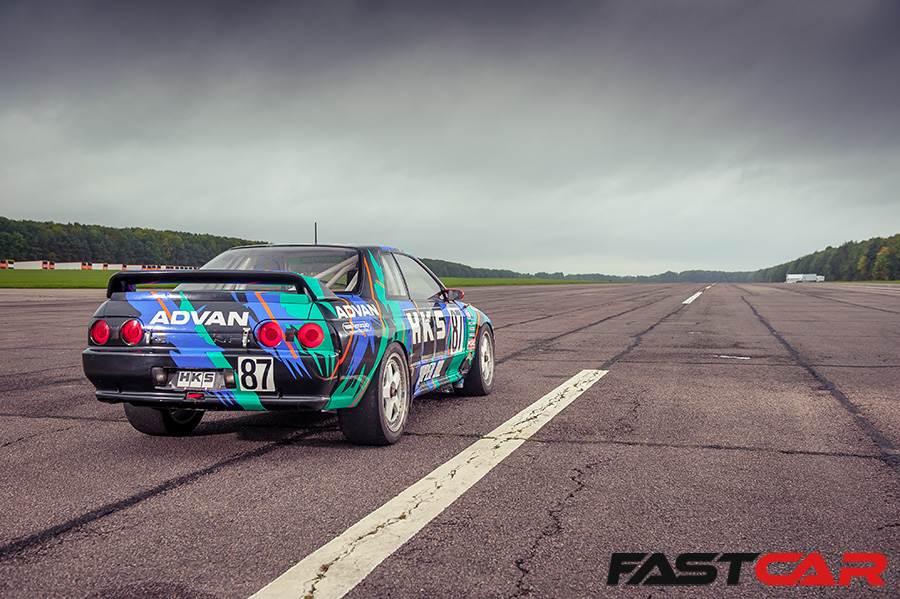With tech developed in the sketchiest rallies of the 1980s and beyond, 4WD cars are often impressively capable beasts. Here are a few of the best 4WD cars.
Points of contact are all-important when it comes to grip. It’s why cheetahs run on all four legs and rock climbers rarely just use their hands. It is also why Audi scooped up all the rally silverware in the early 1980s and changed the perception and execution of competitive drivetrains forever. Sending power to all four wheels can help you get the power down quicker. This can get you around corners faster and, if need be, drive off-road. Although the latter isn’t what we’re looking at here; yes, there’s a whole world of off-roaders that employ four-wheel-drive for mud-plugging purposes. Furthermore, there’s a plethora of used car options, all with a huge amount of capability.
Here, we’re looking at our favorite cars that use four-wheel drive for performance ends. There’s a mixture of old and new, as well as sleepers and iconic models thrown in for good measure. Without further ado, it’s our best 4WD cars guide.
Best 4WD Cars
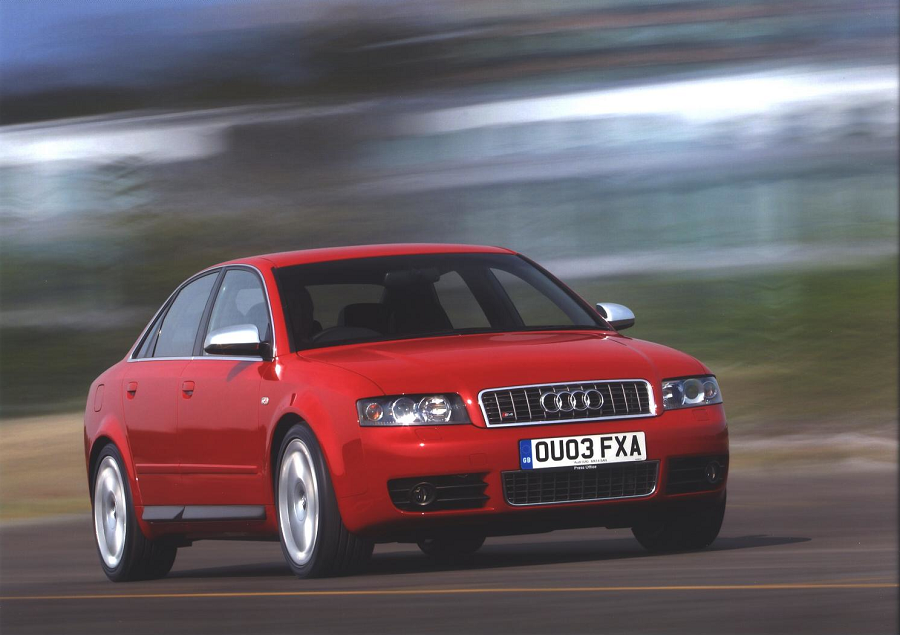
Audi S4 (B6)
Given Audi’s generations-old connection with all-wheel-drive, and the manner in which Quattro has become synonymous with 4WD cars as a concept, it makes sense for us to start with an Audi. But perhaps not the one you might expect.
You see, this is a road car that wraps up all of that legendary motorsport-derived performance and grip, that you yourself can easily pick up for less than the price of a new Fiesta. These days we’ve got so used to hot Audis with crazy horsepower figures that it’s easy to be blasé about them. Every model in the range has a fiery variant, even the frumpy Q5. You forget how mind-warpingly good fast Audis are.
This also leads to a certain element of snobbishness. Audi’s sport models operate a two-tier system – ‘S’ and ‘RS’ (just like Ford’s old ‘XR’ and ‘RS’ system in the 1980s!). People tend to sideline the S models for ‘not being an RS’. This is a mistake. Just look at the B6-generation S4.
Built from 2003-05, this is a sensible family saloon car that’s had a colossal V8 shoehorned into it. It’s not a compromise or simply ‘not an RS’, it’s a total loon. It doesn’t need to have an engine that big. But who cares about ‘need’?
The B6 S4 packs an all-aluminium 40-valve 4.2-litre V8, producing 339bhp. Which is ridiculous, really. It’ll do 0-62mph in 5.6 seconds. Best of all? You don’t just have to choose a saloon either – there’s an S4 convertible, and even an S4 Avant (estate) if you fancy terrifying your dog.
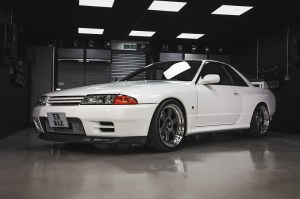
Nissan Skyline GT-R (R32)
This, for many, is the ultimate Skyline. The one that earned the Godzilla nickname, the one that was so unbeatable on track that it got banned, the one that became a tuner icon.
The Skyline generations that preceded the R32 were very of-their-time in their boxiness. The curvaceous and muscular design of the new-for-1989 model has aged extremely well. Available as a two-door coupe or four-door saloon, the sharp new Skyline was offered with a variety of drivetrain options, including several variants of the iconic RB26 straight-six, with most versions featuring the HICAS four-wheel steering system.
History remembers the R32 principally for its all-dominating GT-R variant (and all of the many, many race victories of this hyperintelligent, hyperactive monster). Its specs would be impressive even on a new car today. This balls-out 4WD road-racer had the outrageous RB26DETT, the twin-turbo 2.6-litre version of the RB straight-six, serving up an official gentleman’s-agreement 276bhp. (It’s actually closer to 310-320bhp; the motor was designed to run 500bhp+ in race trim, then detuned and slightly de-spec’d for road use.)
A number of GT-R evolutions appeared; initial homologation regs demanded 16” wheels, so the original GT-R ran sixteens with compact four-pot brakes. When the regs changed in 1993 to allow 17” wheels, the GT-R V-Spec ran bigger BBS wheels with larger Brembos. Then, the V-Spec II appeared a year later, principally to offer wider and stickier tires. The limited-edition Nismo GT-R complied with Group A ‘Evolution’ regs, with a few aero tweaks and revised cooling ducts. And the unicorn-like N1 GT-R featured extensive extra chassis welding for stiffness, along with lots of things stripped out for weight-saving (stereo, air-con, rear wiper, ABS, headlight projectors, they even had thinner paint). But whichever R32 GT-R you’re looking at, it’s a thrilling chapter in motoring folklore.
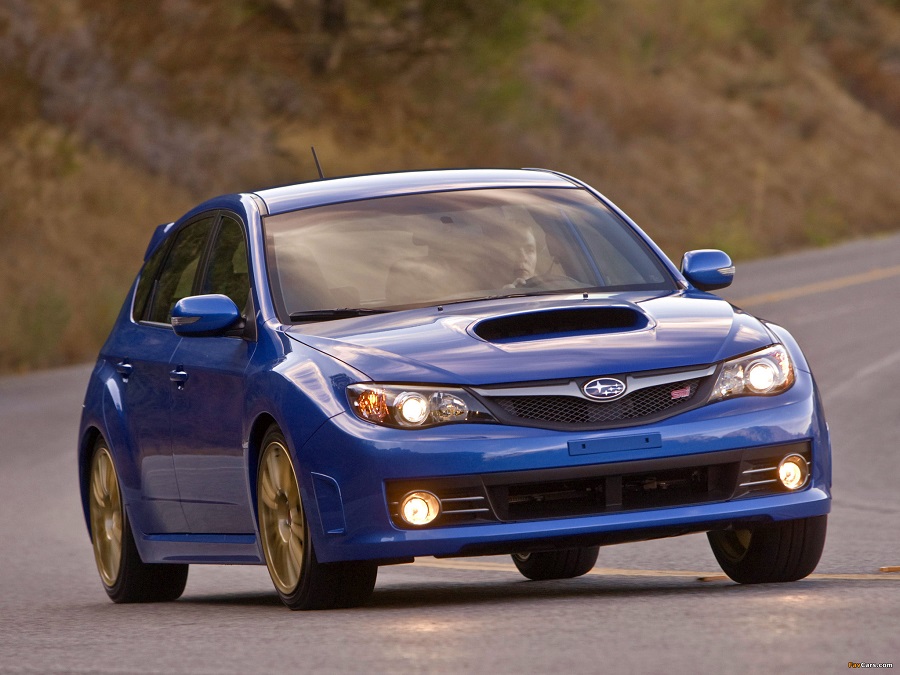
Subaru Impreza WRX STI Mk3 (GRB)
There are few cars in automotive history that have created quite the impact or left such an impression on the buying public as the Subaru Impreza. Not only did it normalize the idea of affordable four-door saloons with the power to shame far more expensive sports cars, but it served to truly put the Subaru name on the map.
However, after a lengthy and excitable period of churning out road-going rally cars, Subaru made the radical move in 2007 of throwing all of that hard-won heritage in the bin and gluing the treasured Impreza badge to a hatchback, of all things. Unsurprisingly, it actually turned out to be an amazing little car. Alright, the looks were polarizing (particularly to a hardcore of annoyed fans who were adamant that Imprezas should always be three-box saloons, preferably in blue with gold wheels), but people who saw past that found themselves tearing up the country lanes in a sneaky little monster, with an easily tuneable turbo engine and an eager aftermarket ready to shower them in go-faster parts.
The jewel in the crown was the WRX STI: the lesser (but still very impressive) WRX offered 230bhp from its 2.5-litre flat-four, and the WRX STI amped this up to an impressive 296bhp. It ran 0-62mph in just 5.2-seconds; came with intelligent 4WD, huge Brembo brakes, sporty seats and, of course, that trademark offbeat boxer warble. The hot hatch, reimagined, and worthy of a place on our list of the best 4WD cars.
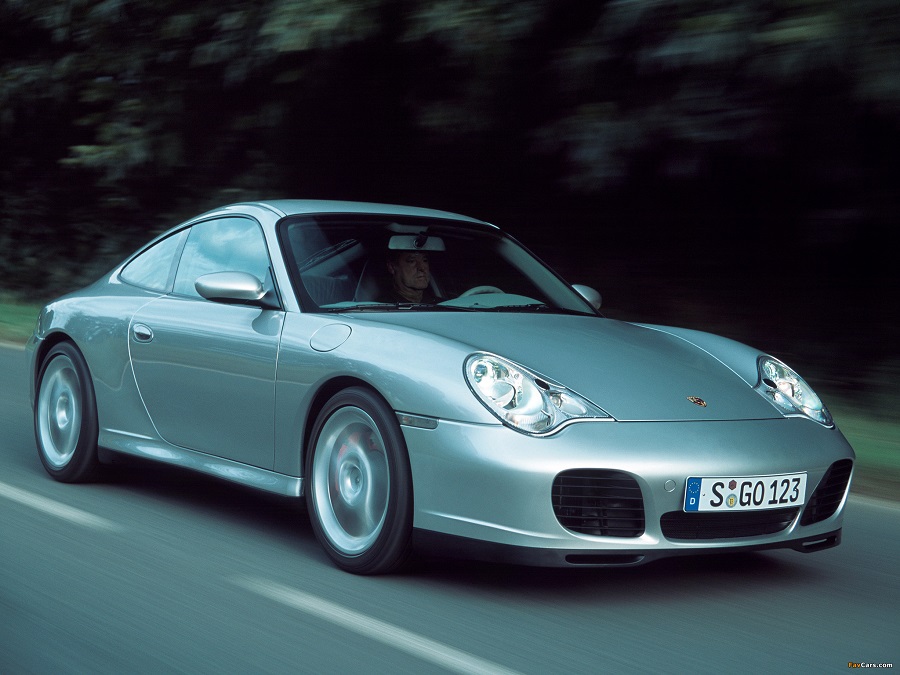
Porsche 911 Carrera 4 S (996)
Porsche enthusiasts laughed at the 996 when it first appeared. They didn’t like the fried-egg headlights, and thought it was cheapening itself by sharing its looks and parts with the far more affordable Boxster. But, history has proved those people wrong. The 996 has grown to be appreciated as a pukka classic in its own right.
The fact that it had a water-cooled engine served to further irritate the purists. Every 911 beforehand had always been air-cooled, so this was anathema to the old-school. But again, time has mellowed perceptions. We can appreciate this peachy powertrain for the legendary entity it is. Particularly when it’s mated to the Carrera 4’s all-wheel-drive system.
Collectors may be chasing after 996 Turbos and GT3s, but for us the Carrera 4 S is the jewel in the line-up. It’s got clever differential braking so it’s as safe as it is sure-footed. You also get 320bhp from the 3.6-litre flat-six. The wide hips house some supercar-size wheels, and this model got a little baby heckblende, which is worth all sorts of kudos among car nerds.
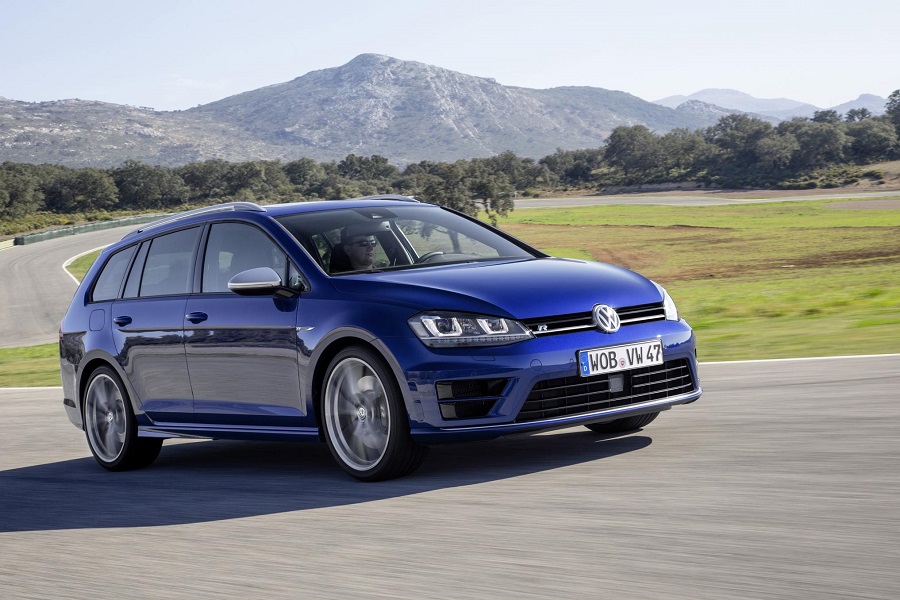
VW Golf R estate
Well, this is a no-brainer isn’t it? Cars don’t get a lot more sensible than the VW Golf. The tagline from that old TV ad says it all: ‘If only everything in life was as reliable as a Volkswagen’.
These things have been redefining common sense for generations. And a Golf estate? Well, that just screams ‘I’m wearing beige corduroy slacks’, doesn’t it? (Or it would, if it could ever bring itself to do something so uncouth as scream, which it definitely wouldn’t.)
But the Golf R estate? No, there’s nothing beige about that. This car is an absolute mentalist. The Mk6 Golf R hatchback laid out a statement of intent, with its 266bhp FSI motor, DSG ’box and Haldex 4Motion system, and the subsequent Mk7 went nuts: 296bhp, Race mode… and an estate version. It’s not entirely clear why Volkswagen did this, but let’s not complain because it’s a marvellous idea. The Golf R estate is the despicable 4WD tearaway you can introduce to your mother with a straight face.
Check out our VW fast estate cars guide.
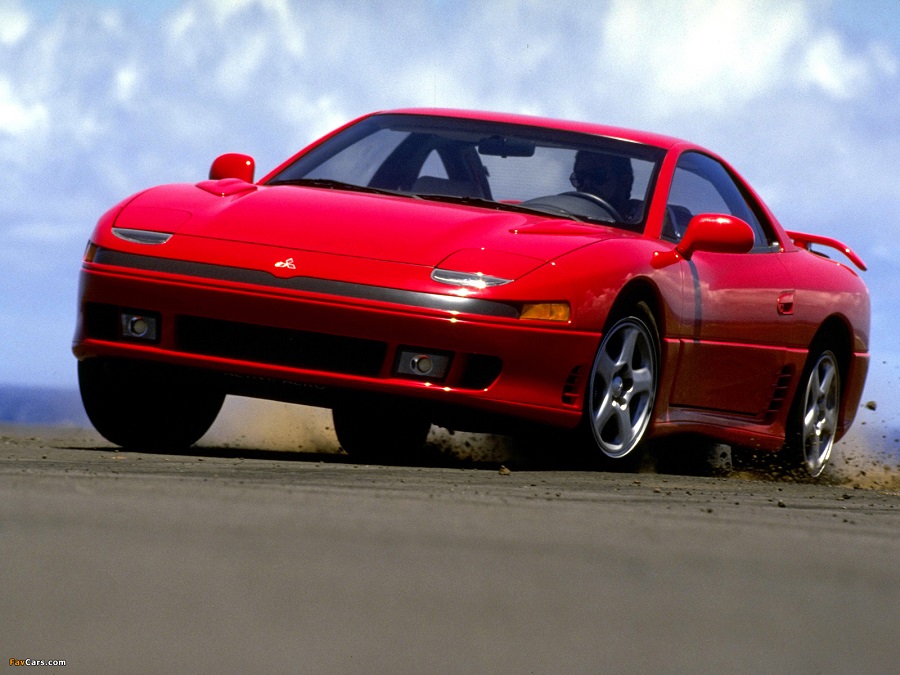
Mitsubishi GTO / 3000GT
Mitsubishi’s GTO – or 3000GT, as it was badged in the UK due to various copyright reasons – was never as big a seller as its supercoupe rivals, the Toyota Supra or the Nissan 300ZX. Arguably, because its challenging styling just didn’t tick the glamour box for contemporary buyers. But it’s something we should all have a bit of a rethink about. It was a lot more remarkable than most people remember.
A real brainiac of a car, the transversely-mounted 3.0-litre V6 engine had 24v heads, with the top-of-the-range model also getting twin turbos. Because Mitsubishi love to overcomplicate a chassis, it also had four-wheel steering, adaptive suspension, and full-time all-wheel drive. Brilliantly, the exterior boasted proper active aerodynamics, the front and rear spoilers moving up and down automatically.
It’s worth noting that the Japanese-market GTO and the UK-market 3000GT are quite different too. The GTO could be ordered with all sorts of options: nat-asp or twin-turbo, auto or manual, cloth or leather. But with the 3000GT, they couldn’t be bothered with adding complexity to the export models. Mitsubishi knew they wouldn’t shift a lot of them, so they built every 3000GT fully-loaded. This meant 296bhp twin-turbo motor, manual ’box, leather interior. And with that supernatural 4WD chassis, it was hilariously good at corners. Worth of a place on our best 4WD cars guide? We think so…
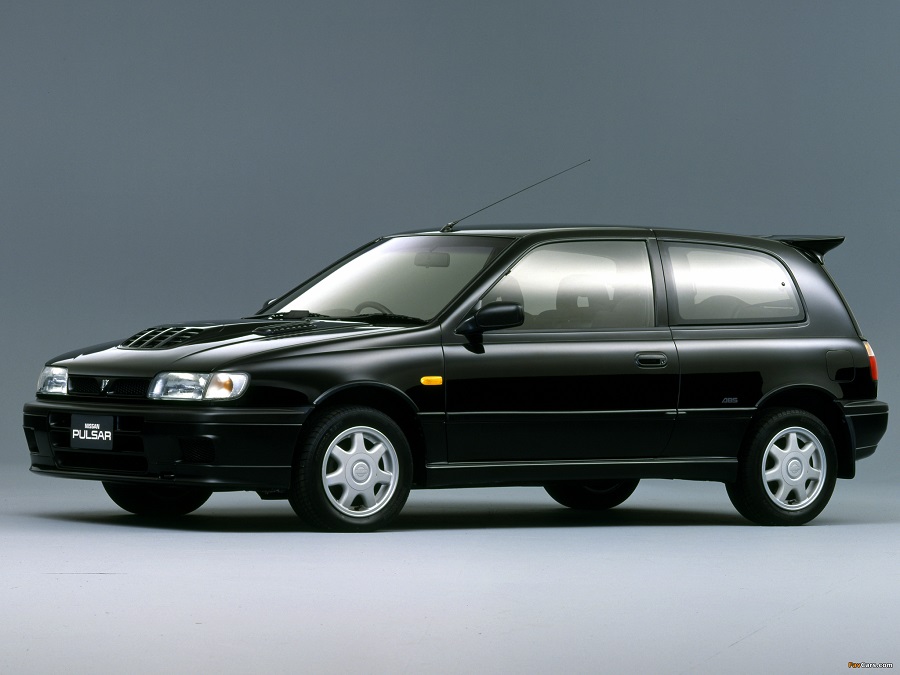
Nissan Pulsar GTi-R
This car was a real surprise when it came out. While European manufacturers were dabbling in high-revving 1.6-litre motors and front-wheel-drive, Nissan had other ideas. They stood back, biding their time, then barrelled in with the GTi-R and basically smeared egg all over everybody’s faces. Here was a hot hatch boasting a 2.0-litre turbo motor and four-wheel-drive, with attitude in spades and a bonnet vent that every aftermarket bodykit manufacturer wanted to copy.
Sold as the Pulsar GTi-R in Japan and the Sunny GTi-R in Europe, this three-door hyperhatch was a homologation model to allow Nissan to enter the WRC under Group A regs. The SR20DET turbocharged twin-cam produced 227bhp. While the chassis boasted the revered ATTESSA all-wheel drive system, which elevated it to another league among its hatchback peers. 0-62mph was dealt with in just 5.4 seconds, with a top speed of 144mph.
Quite rightly, this car has gone down in automotive history as something of a legend. While big engines and all-wheel drive have become the norm in fast hatchback circles these days, this was truly seismic stuff back in 1990. Very few official UK models were ever sold, but Pulsar imports abound as the modding public caught on. A proper legend, this one.
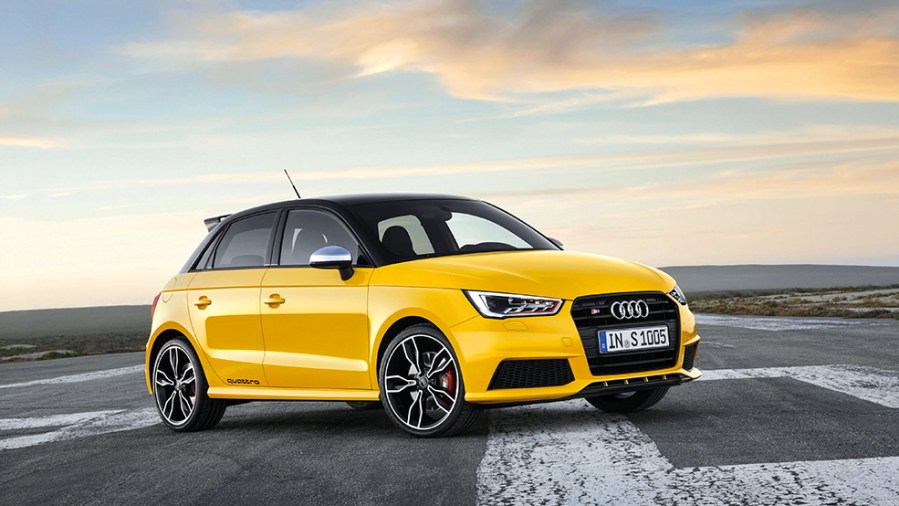
Audi S1
Yes, we’ve got another Audi in the list. And yes, it’s another one you probably weren’t expecting. You see, while we’re straining at the leash to talk about Group B SWB Quattros and IMSA racers, here’s a model that you can relate to in a real-world scenario; the S1.
When Audi launched the S1 into the bustling supermini market back in 2014, it raised eyebrows by the manner in which it crammed a huge amount of tech into such a small package. In a world where cars are getting bigger and bigger, the A1 is a properly dinky city car. It was surely an act of madness to pack such power and technology into something so unassuming.
But acts of madness are what get us up in the morning, so just look at the S1’s specs. The EA888 2.0-litre turbo engine kicks out 228bhp, there’s Quattro all-wheel-drive, and it looks properly mean. Like small-dog-big-balls mean. It’ll scamper to 62mph in comfortably under six seconds, it’ll run on to 155mph before it headbutts the limiter, and it’s one of the all-time wonderfully daft ideas. 4WD and nutty turbo thrust in your gran’s shopper hatch, precisely why it places in our list of the best 4WD cars.
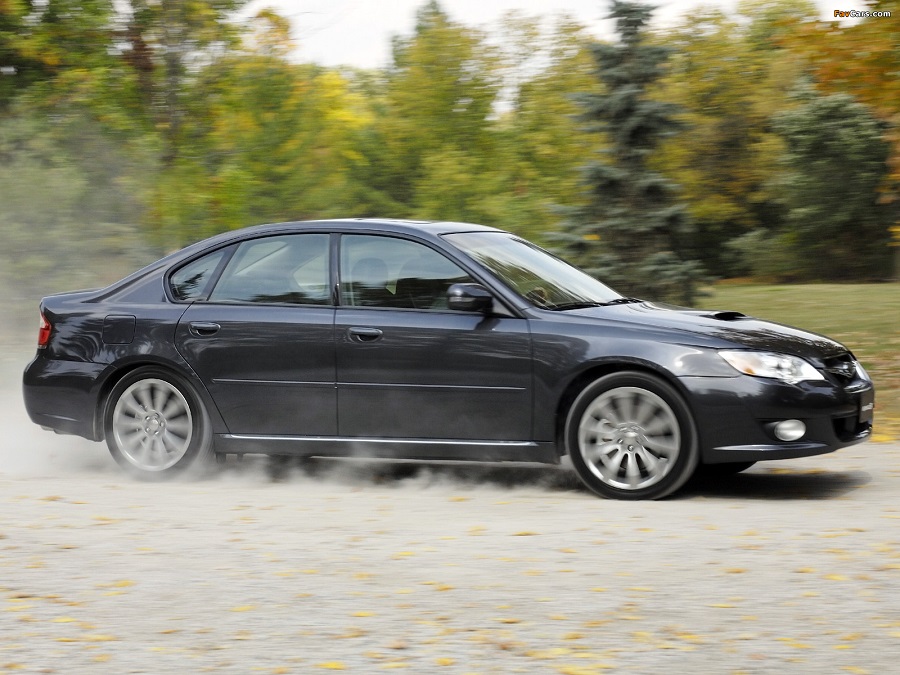
Subaru Legacy 3.0R Spec B
Stealth is crucial when it comes to deploying big power without garnering unwanted attention, and that’s the reason we’ve always loved a sleeper. And sleepers don’t get a lot sleepier than the Subaru Legacy. Look at it, it’s just a big sensible-person car that middle-aged folks take to the garden center, isn’t it?
Aha, but of course there’s a twist. And its name is ‘3.0R Spec B’. This is a little-known curio whose name is whispered with reverence in Subaru circles: an unassuming saloon (or estate) within which resides a 245bhp flat-six (yep, not a flat-four, you get six cylinders with this one!) mated to an Impreza STI manual gearbox.
It came with an LSD as standard, as well as absolutely huge brakes and Bilstein suspension. It really is a B-road weapon, extremely rapid and with astounding all-wheel-drive handling and grip… but nobody will ever suspect a thing. Well, until someone in a WRX STI pulls up alongside you at the lights and gives you a knowing nod.
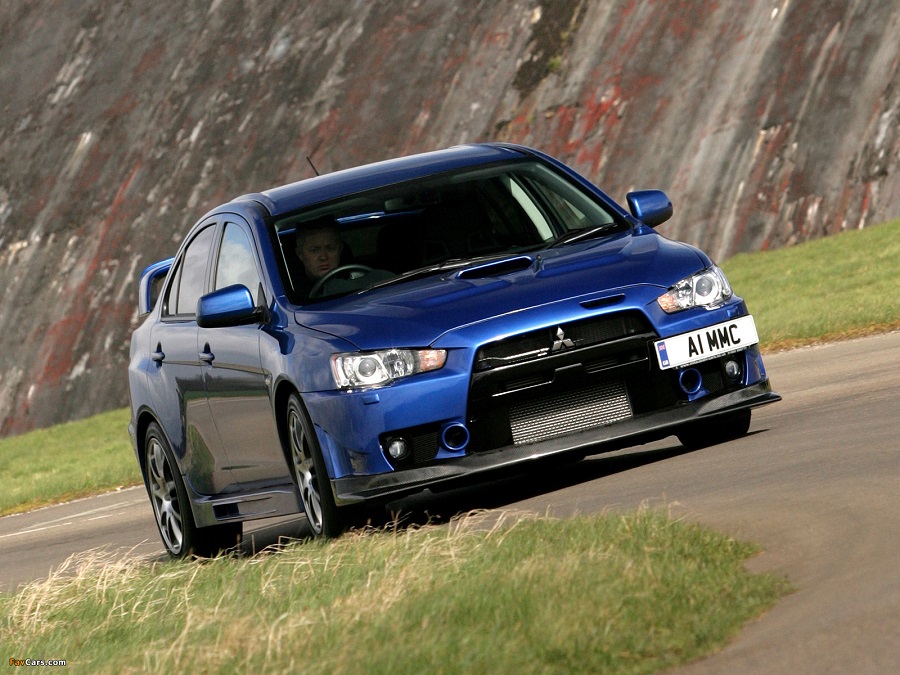
Mitsubishi Evo X FQ-400
Mitsubishi’s Evolution line is legendary, and the logical naming system means that, of course, the Evo X is the tenth one. But that aggressive little letter stands for so much more. This car has the X factor, there’s no doubt about that.
For the last of the line, Mitsubishi created something truly radical; whereas the Evo I-III were very similar to one another, as were the IV-VI, and the VII-IX, the X allowed the model to move into a fourth distinct phase – a genuinely futuristic-looking design (at least, it was in 2007) with cutting-edge tech inside.
Whereas every previous generation had used evolutions of the Galant’s 4G63 engine, the Evo X was treated to the newly-designed 4B11T engine – another 2.0-litre four-cylinder turbo unit, this one was all-aluminum rather than being iron-blocked, and the baseline for power was 276bhp with many variants having much, much more.
Trim levels
Lots of versions were developed, but our favorites will always be the FQ models. There’s a lot of speculation as to what specifically these letters stand for, although grinning Mitsubishi execs have never denied that it really does stand for ‘F***ing Quick’…
The FQ-300 offered 296bhp, and the subsequent FQ-330 had 326bhp. The FQ-360 (354bhp) ramped up the equipment levels along with the giddy horsepower, gaining a carbon fiber lip spoiler, rear vortex generators (those little shark fin things on the roof), and leather Recaros. And when the FQ-400 arrived, all bets were off: 403bhp is an insane amount of power to extract from a usable and streetable factory-spec four-pot, and this thing could smash 0-62mph in 3.8 seconds. In addition, you got six-pot brakes, revised aero with lots more cooling intakes and vents as well as a much bigger air intake, and all the bells and whistles you find in all top-spec Evo Xs – DVD sat-nav with a 30gb hard drive, Bluetooth, automatic lights and wipers and all that good stuff.
A manically fast car that was also lavishly equipped, the FQ-400 was a fitting send-off for the Evolution line. A true 4WD legend, and why it belongs in our list of the best 4WD cars.

